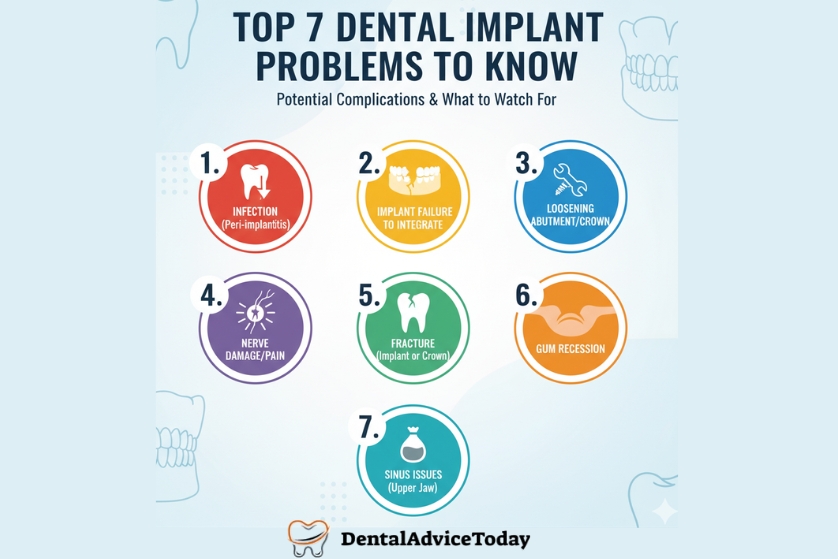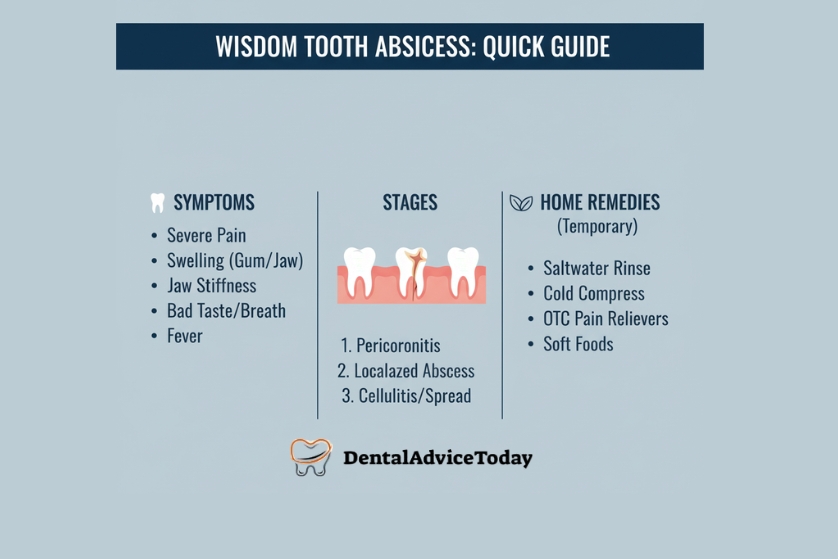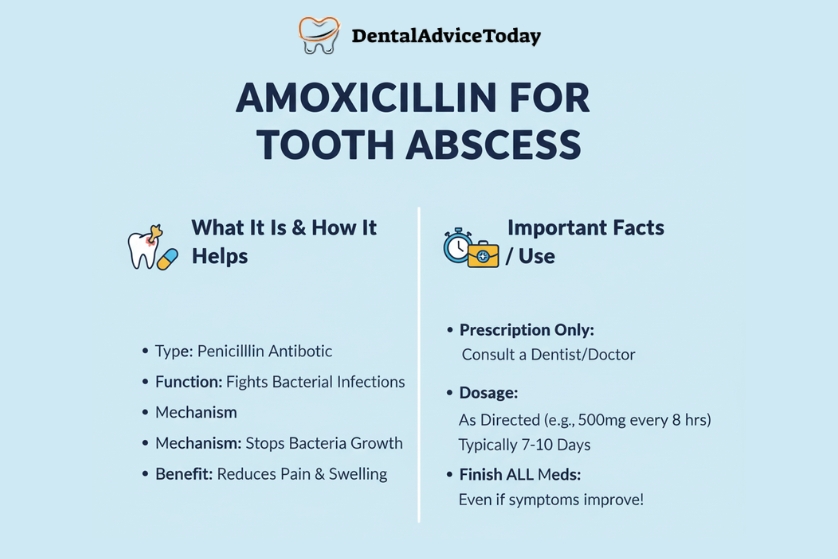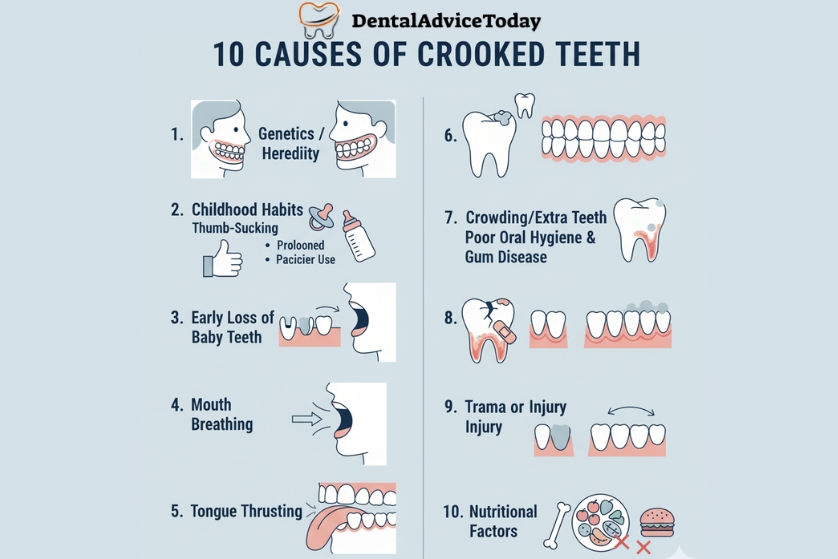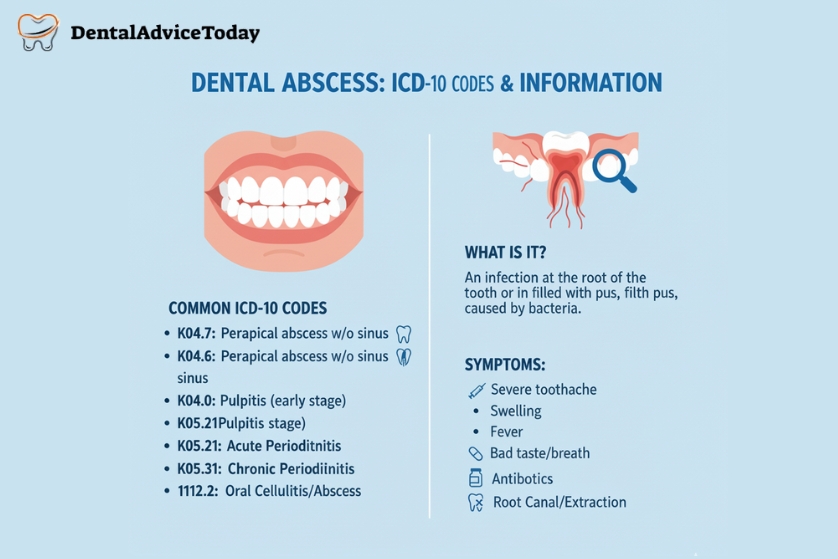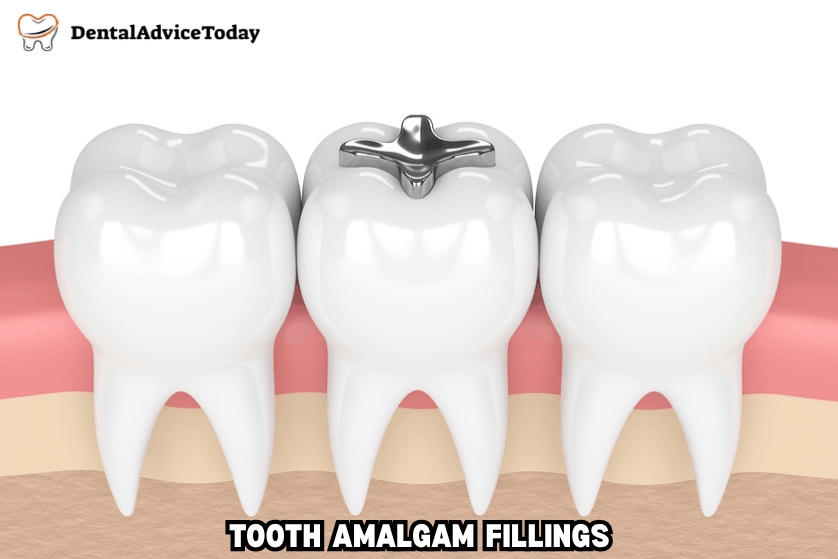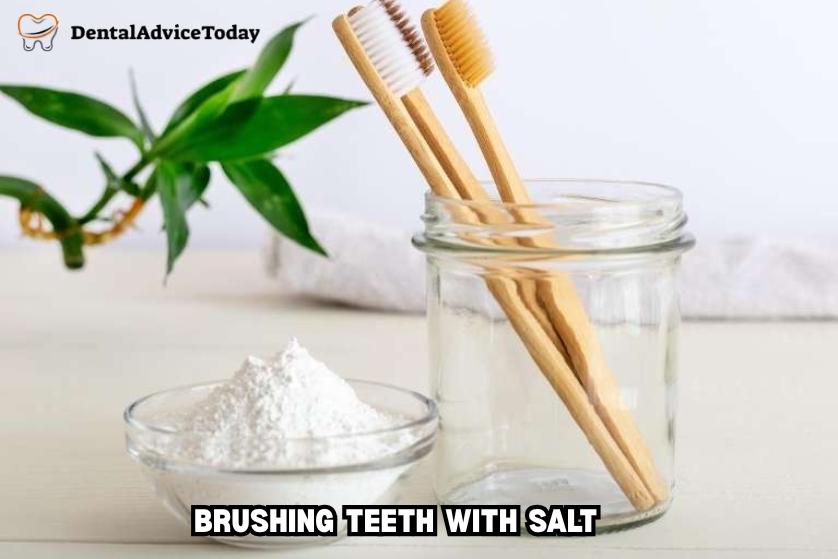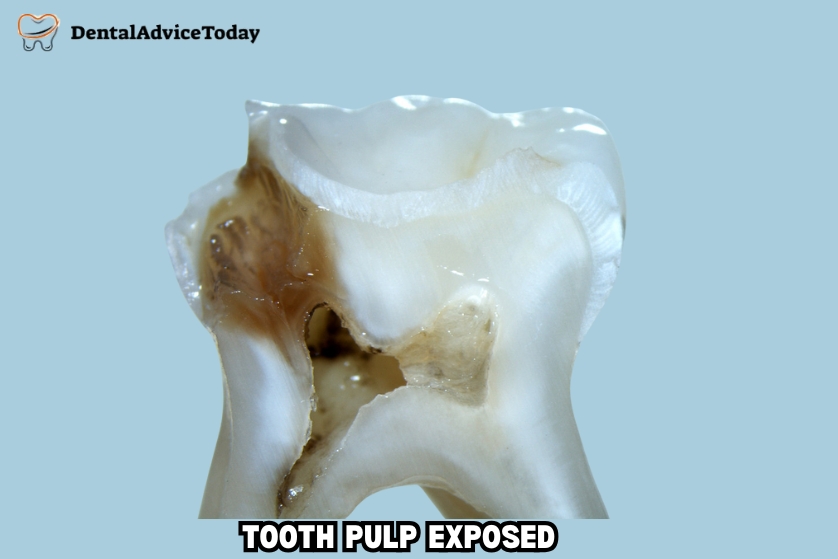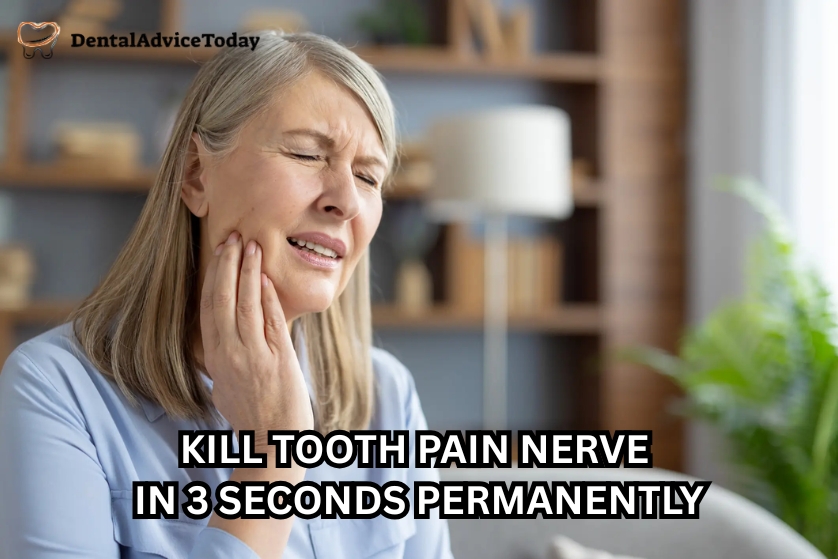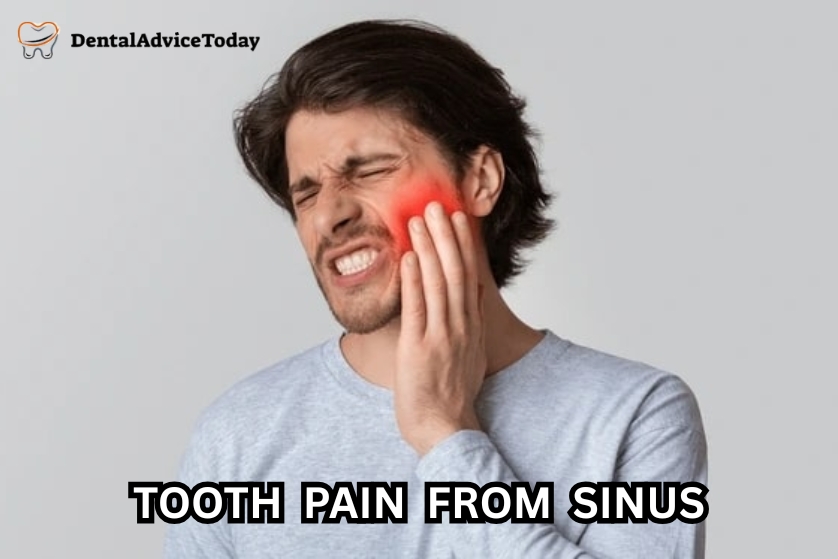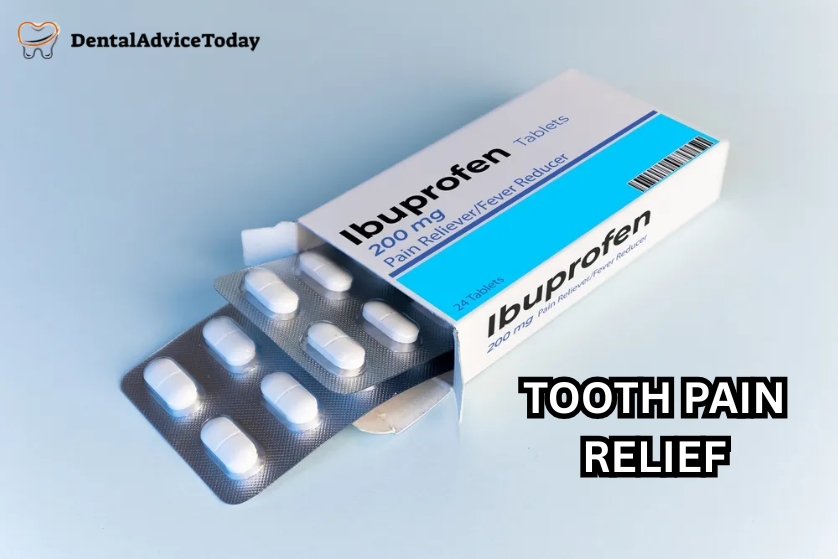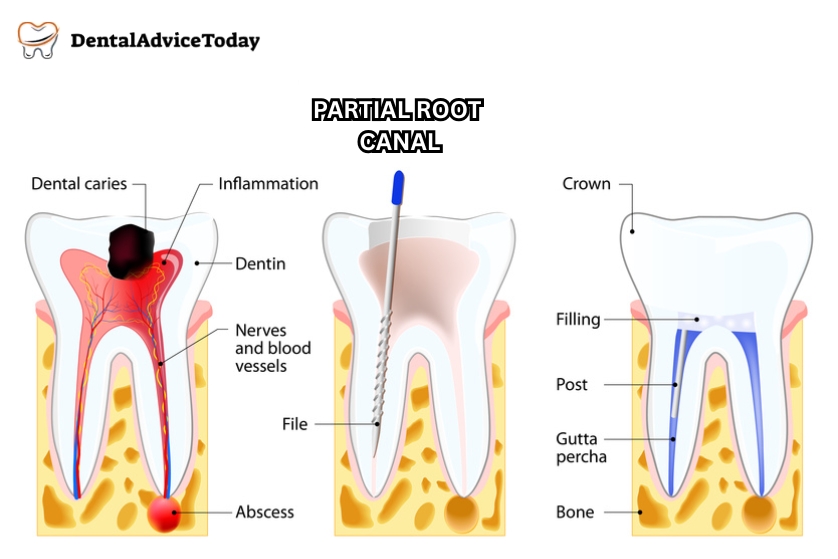Baby Skull Teeth are tiny buds hidden in the jaw, waiting to grow and guide your child’s smile. Ever spot a newborn baby skull, x-ray teeth on the web? It seems spooky, like a secret stash of pearls inside. I recall seeing one while browsing parenting forums – it surprised me! But it’s totally normal. Babies arrive with tooth buds tucked in their skulls. This covers both baby teeth and a starter for adults. Folks often ask, “Are babies born with all their teeth in their skull(Natal Teeth)?” or hunt for “baby skulls with teeth.” This blog explores that. We talk about development, differences, myths, and care. Keep going – you find cool truths about baby skull teeth that make teething less mysterious.
Now, read completely about Baby Skull Teeth.
What Happens Inside a Baby’s Skull with Teeth?
Babies form tooth buds during pregnancy. These buds sit in the jawbones within the skull. X-rays reveal them before teeth erupt. This prepares kids for eating and talking later on.
| Section | Key Points |
|---|---|
| Jawbone Basics | Upper and lower jaws house tooth buds securely. The skull protects these tiny parts from harm. Buds appear as small dots on X-ray images. Jawbones grow as the baby develops to make more space. |
| Why X-Rays Show Teeth | Doctors use X-rays for routine child health checks. X-rays clearly show a “baby skull with teeth.” Parents sometimes get scared, but it’s safe and normal. X-rays use very low radiation for children. |
| Normal vs. Scary Views | Normal scans display 20 baby tooth buds in neat rows. Some rare cases show extra teeth (hyperdontia). A safe diagram can help explain the view. Experts say most baby skulls look alike at this stage. |
| Parent Reactions | Many find the image eerie at first. Correct info reduces worry and builds confidence. It highlights the body’s smart growth system. Example: A mom thought the X-ray was fake at first. |
| Extra Insights | Tooth buds begin as soft tissue and harden gradually. Skull bones fuse slowly to allow brain growth. Tooth positions affect speech development later. |
How Teeth Develop in Babies: Baby Skull Teeth
Teeth begin in the womb by week 6 or 7. Primary buds form first for baby teeth. Permanent ones start around month 3. This process builds strong jaws for life. How teeth develop is listed below:
From Womb to First Tooth of Baby Skull Teeth
Pregnancy Phase
- Week 6-7: Baby tooth buds emerge in the jaws.
- By month 3: Permanent buds begin to form.
- At birth, 20 primary buds are ready and waiting.
- “Newborn baby baby skull teeth” stay hidden under gums.
Early Months: Baby Skull Teeth
- 0-6 months: “Baby skull before teeth” has no visible ones yet.
- Gums get ready as buds move closer to the surface.
- Babies drool more often as a natural response.
- Parents notice swelling or redness sometimes.
Eruption Time
- Near 6-12 months: First tooth appears, often lower incisor.
- Sequence: Incisors, then molars by age 2-3.
- Full set of 20 by around 33 months.
- Each tooth takes weeks to fully emerge.
Adult Teeth Setup: Baby Skull Teeth
- Form deeper in the jaws during late pregnancy.
- They rest below baby teeth, waiting patiently.
- “Do babies have adult teeth in their skulls?” Yes, as early buds.
- Buds include molars and wisdom teeth, too.
Growth Milestones
- Jaws grow with the baby to fit all teeth.
- Skull adjusts for space and overall head shape.
- Check-ups spot any issues like delayed eruption.
- Nutrition plays a key role in strong development.
- Some babies get teeth early, others later – all normal.
Baby Teeth vs. Adult Teeth: Key Differences
Baby teeth stay small and temporary. Adult teeth grow bigger and are permanent. They vary in count, build, and job. Baby ones guide adults to the right spots.
Count and Size: Baby Skull Teeth
Numbers
- Baby: 20 in total, 10 per jaw.
- Adult: 32 with extra molars and wisdom teeth.
- More room is needed later as the jaws expand.
- No wisdom teeth in the baby set at all.
Physical Traits
- Baby: Tiny, bright white, thinner enamel layer.
- Adult: Bigger, off-white, thicker enamel for protection.
- “Adult teeth in baby skulls start as compact buds.
- Baby roots are shorter and resorb over time.
Purpose and Function: Baby Skull Teeth
Roles
- Baby: Aids in chewing soft foods, helps speak clearly, and holds space.
- Adult: Handle harder foods, last for decades.
- A child’s skull with baby teeth acts as a map for alignment.
- Baby teeth teach biting and chewing habits.
Shedding Process
- Ages 6-12: Baby teeth drop one by one.
- Adults push up and dissolve baby roots.
- “A child’s skull before losing baby teeth” holds both sets.
- Loose teeth signal a change is coming.
Fun Facts
- The roots of baby teeth melt away naturally.
- Little pain is involved in most cases.
- Bad habits like thumb-sucking affect alignment.
- Adult teeth have stronger dentin inside.
- Color difference: Baby is whiter due to less mineralization.
Common Myths and Facts About Baby Skull Teeth
Stories swirl around baby skull teeth. Some say babies get full teeth at birth. Reality: Buds exist, not show teeth. Viral x-rays spark these tales.
| Myths & Facts: Baby Skull Teeth |
|---|
| Myth 1: Full Teeth at Birth Are babies born with all their teeth in their skulls? Fact: Buds only, no eruption usually for most. Natal teeth are rare, 1 in 2000 babies, often loose. Some cultures see them as good or bad omens. |
| Myth 2: X-Rays Reveal Oddities “Newborn baby skull x-ray teeth” seems weird and creepy. Fact: Standard views have 20 buds in neat rows. Extras from conditions like hyperdontia, not normal. Many viral pics are from old skulls or edited. |
| Myth 3: Baby Teeth Need No Care Parents skip early habits, thinking they’re temporary. Fact: Decay hits adult buds below and spreads. High fever and diarrhea are not caused by teething.. |
| Myth 4: Teething Causes Serious Illness Old tales link teething to sickness. Fact: Mild fussiness, yes, but see doc for fever. Amber necklaces don’t help and pose risks. |
Engaging Stories
- Moms share X-ray shocks online in groups.
- Poll: Seen a skull scan? What did you think?
- Sparks fun chats and eases new parent fears.
How to Care for Your Baby’s Emerging Teeth
Care kicks off pre-teeth. Wipe gum each day. Follow ADA rules for tools and check-ups. This shield hide skull teeth as well.
Early Habits
- Use a damp cloth on the gums after every feed.
- Do it twice a day to build a routine.
- Skip sugary drinks to prevent early decay.
- Introduce a soft brush when the first tooth shows.
Teething Relief
- Monitor fussiness, additional drool, or chewing on items.
- Present cold teethers or chilly washcloths to calm.
- It should be gently rubbed into the gums with a clean finger.
- Avoid OTC gels unless the doctor approves.
Brushing Basics
- First tooth: Rice-size fluoride paste on brush.
- Soft brush, two times daily, gentle circles.
- Pea-size for ages 3-6 as they grow.
- Supervise to ensure they don’t swallow paste.
Dentist Visits
- By first birthday or first tooth, ADA says.
- Catch problems soon, like cavities or alignment.
- Makes it enjoyable with toys and praise.
- Regular cleanings start healthy habits early.
Diet Tips
- Limit sweets and juices to mealtimes only.
- Offer water between feeds for a clean mouth.
- Calcium-rich foods help strong teeth grow.
Conclusion
Teeth buds fill Baby Skull Teeth from early on. Baby teeth lead to adult ones with care. Good habits start now for lifelong smiles. A baby skull with teeth proves nature’s clever work. Drop your stories below. Visit a pediatric dentist to get some expert advice. It gives your baby a healthy smile.
FAQs
Are babies born with all their teeth in their skulls?
No, they have 20 baby tooth buds at birth. Permanent buds form too. They stay in their jaws, not out yet.
What do newborn baby skull x-ray teeth look like?
It reveals small buds in the jaws. Like neat rows of seeds. Normal has 20; rare extras appear.
Do babies have adult teeth in their skulls?
Yes, as buds. They grow deep in the jaws during pregnancy. They emerge later to swap baby teeth.
When do baby teeth start forming in the skull?
Week 6-7 in the womb. Buds develop in the jaws. Ready at birth but concealed.
How can I care for my child’s skull with baby teeth?
Wipe gums early, brush with fluoride. See a dentist by age 1. Cut sweets to guard future teeth.

